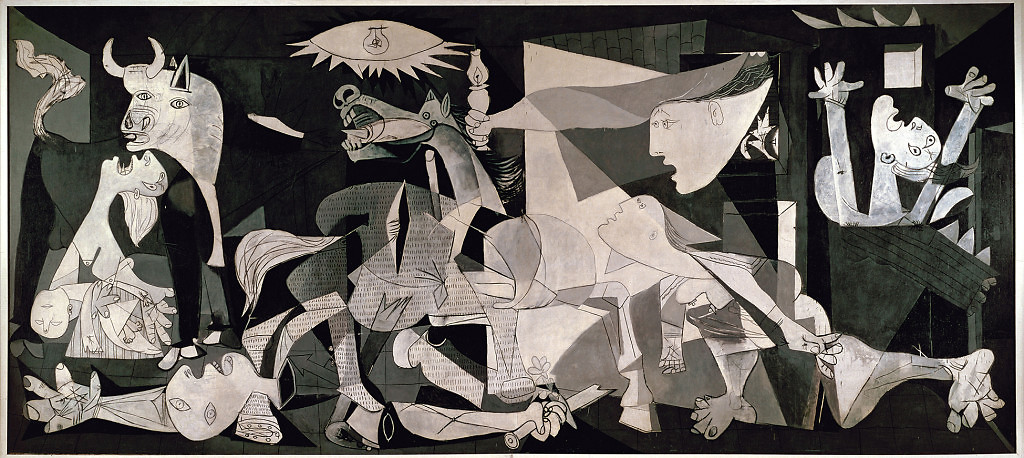With the recent revelations regarding the Malegam and Samjhuata blasts, the terms Hindu terror and saffron terror have once again gained currency. At the same time, we are lectured, both by Left-liberals and pro-Sangh intellectuals, that terrorism is terrorism, never Hindu, Muslim, or Sikh terrorism; ‘no religion preaches violence’; long is the list of politically correct homilies. Therefore, it is time we examined two questions: Whether Hindu terror can exist? And whether it exists?
The simple answer to the first question is: yes, Hindu terror can exist. At least for a time span in the late 1940s, it was there, as evident from the assassination of Mahatma Gandhi. By shooting down the most prominent Indian leader on January 30, 1948, Nathuram Godse thunderously articulated his political philosophy, the ideology of Hindu nationalism. And yes, he was not a madman, as Jawaharlal Nehru said in his reaction; rather, Godse was a very sane, educated, and committed political activist, knowing well what he stood for and what he was doing.
The RSS bristles at the mention of any association with Godse. It is almost certain that, though he had close links with the Hindu organization, at the time of the murder, he was not an RSS member. Further, no evidence has been found till date to suggest that the organization had anything to do with the assassination. Yet, Godse’s reprehensible act adversely affected the fortunes of not only the RSS, which was even banned for some time after the assassination, but also all outfits that believed in the Hindutva ideology. For instance, it took exactly half-a-century for a Hindu nationalist party to assume office in New Delhi (discounting the 13-day curiosity in 1996).
It is, however, curious that Godse’s crime besmirched Hindutva but the crimes—the crimes against humanity—of Stalin and Mao have not sullied communism.
At any rate, it is indubitable that Hindu terror did exist in the past, and its existence was noticed and rejected by the people of India.
Similarly, Sikh terrorism also existed, in the 1980s and early 1990s. Intellectuals can keep on arguing that the tenets of Sikhism do not prescribe violence, that the Sikh Gurus stood for peace and harmony, etc., but facts cannot be disputed. There was a desire and a design to establish Khalistan; there was a large section of the community that worked for the separatist ideology; and it enjoyed considerable support from the Sikhs at large.
Islamic terrorism does not need any description; from Bali to Boston, the signature of jihad is unmistakable. Liberals and Leftists, of course, continue to argue about ‘root-causes’ and other red herrings, but facts are not altered by baloney.
We have proved that not only Hindu terror can exist but also has existed at least once in the past; similarly, terrorism linked with other religions has also existed.
As for the question, whether it exists today, we will have to wait for the verdicts in the cases involving Lt. Col. Purohit, Swami Aseemananad, and Sadhvi Pragya.
In this context, it would be interesting to scrutinize as to why the terror-has-no-religion kind of lies gain a similitude of veracity in public discourse. At the heart of the issue is our intellectuals’ dogmatic reluctance to recognize the fact that jihad has something to do with Islam. The terror-has-no-religion myth helps intellectuals shield Islam from criticism and ward off the charges linking jihadist depredations with Islamic scriptures. There is tons of evidence to show that jihadists indeed are inspired by their faith; all of it is on the Net, freely available to any literate person; yet, thought-leaders of the day are unwilling to see it. Jesus is said to have healed a man born blind, but all the gods of the world cannot make those see who have blindfolded themselves. Intellectuals have blindfolded themselves to the reality.
And they get away with their acquired, indeed cherished, blindness by applying the despicable tool called argumentum ad hominem—that is, maligning opponents and disregarding the facts and arguments that they offer. Intellectuals have largely succeeded in their objective: today, even BJP and RSS leaders don’t forget to pay homage to political correctness by saying that terror has no religion.
Intellectuals used another tool to extract this (false) confession from the saffron warriors by using another despicable tool—moral equivalence, an attitude and stance that dispenses with any moral hierarchy, thus equating the minutest misdemeanors with the most egregious crimes. In a morally equivalent world, jumping a red light is as good or as bad as genocide. Moral equivalence helps downplay Islamic terror and magnify Hindu terror (if any). At once, the most barbaric, unconscionable mass-murderers of the Islamic State, al-Qaeda, and Taliban get equated with the nuisance created by Hindutva groups on, say, Valentine’s Day.
Hindu nationalists should not fall prey to the shenanigans of intellectuals and should start challenging such notions like ‘all religions are paths leading to God’ (they aren’t) and ‘religion does not teach terror’ (it does).
